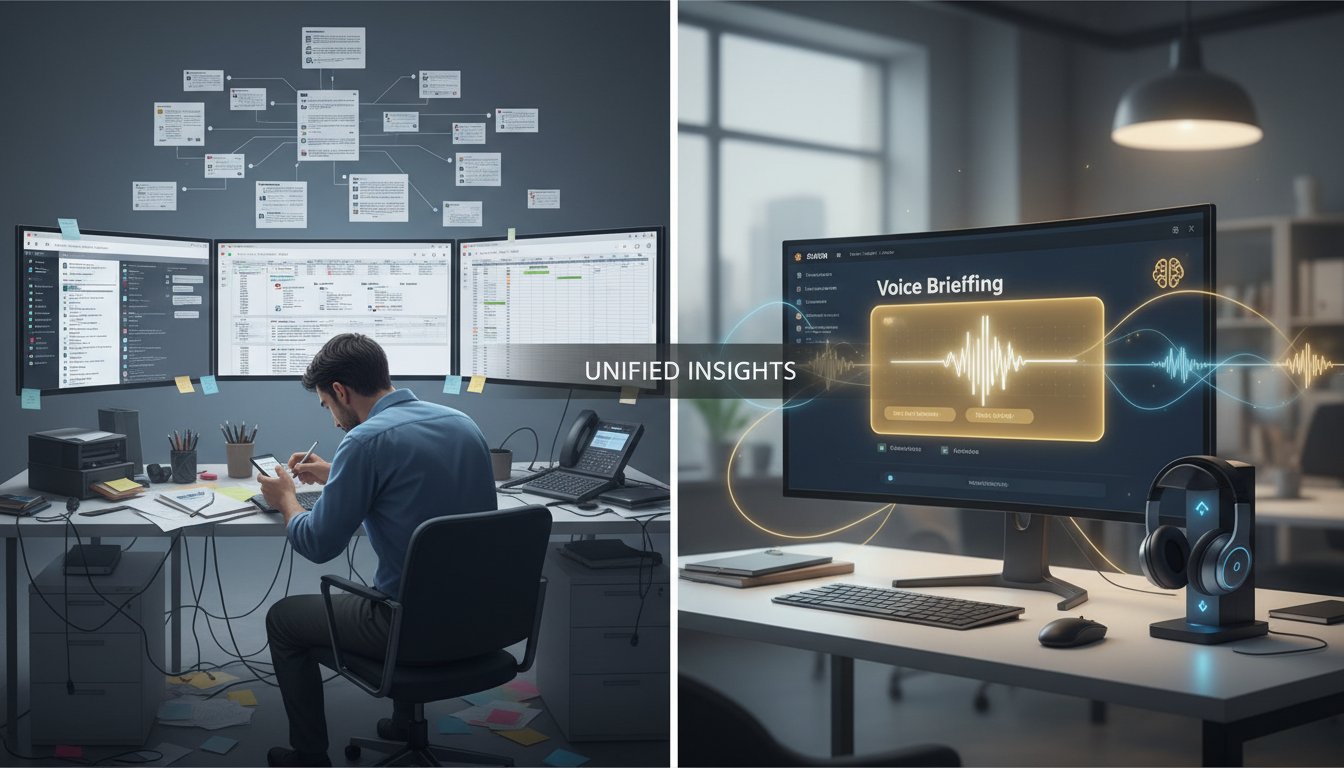Introduction: Why Metrics Make or Break Your RAG Pipeline
Imagine you’ve just deployed a new Retrieval-Augmented Generation (RAG) system in your organization. It promises smarter, on-demand insights, but now everyone—from your CTO to your customer service reps—is asking: Is it really performing as we hoped?
Most technical teams know RAG systems are the future of enterprise AI, powering smarter search, chatbots, and decision support. But here’s the problem: evaluating their effectiveness isn’t as simple as tracking classic ML accuracy. One-size-fits-all benchmarks fail to capture the nuances of these hybrid retrieval–generation architectures. The stakes are high. A RAG pipeline that returns outdated or irrelevant results isn’t just frustrating—it can lead to costly errors, compliance risks, or missed business opportunities.
In this blog post, we’ll walk through the metrics that actually matter for RAG, highlight best practices drawn from the latest community-powered frameworks, and break down actionable steps for both engineers and product leaders. Expect candid advice, real-world data points, and examples inspired by successful (and not-so-successful) RAG deployments. Ready to take your RAG evaluation from gut-feel to evidence-based? Let’s get started.
Understanding the Unique Challenges of RAG Evaluation
The Classic Dilemma: Not Just Retrieval, Not Just Generation
Retrieval-augmented generation isn’t a traditional search tool or a typical LLM—it’s a blend of the two. This hybrid profile introduces challenges:
- Retrieval must be relevant, up-to-date, and diverse.
- Generation must be coherent, truthful, and context-aware.
Example: In MongoDB’s support chatbot, if retrieval pulls outdated docs, even the world’s best language model can only generate incorrect or misleading answers (MongoDB docs case study).
Where Typical Metrics Fall Short
- Standard accuracy/recall: Misses context and source trustworthiness.
- BLEU/ROUGE: OK for language quality, weak for factual correctness or relevance.
- User engagement or satisfaction: Useful but hard to tie to system improvements.
Proof Point: K2view and New Relic both cite the need for deeper, RAG-specific measurements beyond LLM string similarity (K2view blog, New Relic press release).
The 5 Categories of RAG Pipeline Evaluation Metrics
1. Retrieval Quality
- Precision@k & Recall@k: Measures how often relevant documents are in the top-k retrieval results.
- Novelty & Diversity: Are you pulling from a broad range of sources or repeating the same docs?
- Latency: Retrieval speed affects user experience—document slowness kills chatbot usability.
Example: Oracle’s Select AI RAG implementation uses top-k precision dashboards to monitor if enterprise data answers are not just accurate but also timely (Oracle Select AI).
2. Groundedness & Faithfulness
- Answer Groundedness: Does the generated response only leverage retrieved documents?
- Citation Accuracy: Can users trace model claims to a verifiable source from the retrieval set?
- Hallucination Rate: Frequency of generated facts unsupported by retrieval.
Expert Insight: Open-source frameworks now offer automated traceability checks that flag generated content not grounded in the provided context (VentureBeat).
3. Relevance & Contextual Fit
- Relevance Scoring: Combines human and model-based ratings on how well the answer matches the query intent.
- Context Window Utilization: How efficiently does the model leverage retrieved data within the LLM’s context limits?
Real-World Example: Education-sector RAG chatbots improved student support FAQ match rates by 22% after optimizing for contextual chunk selection, not just top keyword matches (Myscale blog).
4. User Experience & Task Success
- Resolution Rate: Users report their queries as successfully answered.
- Session Engagement: Metrics like follow-up questions, drop-offs, or interaction time.
- Satisfaction Scores: Direct feedback, often gathered via quick polls (“Was this answer helpful?”).
Trend: ServiceNow’s community shares workflow dashboards where they monitor RAG-powered AI agents’ session resolution and engagement in real time (ServiceNow AI forum).
5. Robustness & Safety Metrics
- Failure Rate: How often does the pipeline break under new formats, languages, or data types?
- Security Audits: Monitor for prompt injection or data leakage incidents.
- Compliance Adherence: Are retrieval and generation steps auditable for GDPR/PII risks?
Insight: A recent security analysis highlighted that overlooked retrieval-scope vulnerabilities can expose proprietary data, so evaluation must include security regression testing.
Practical Frameworks for Evaluating RAG Pipelines
Open-Source and Community-Driven Tools
- RAG Reality Check Toolkit (VentureBeat): Combines retrieval and generation tests, with automated faithfulness scoring and traceable error reports.
- LLM Benchmarks with Custom Plugins (LangChain Reddit): Integrates custom evaluators for precision, groundedness, and user satisfaction at scale.
Step-by-Step: Setting Up RAG Evaluation in Practice
- Define Task-Specific Goals: Is your RAG for support, search, or decision assistance?
- Establish Success Metrics: Pick 2–3 from each category above, tailored to business needs.
- Automate Metric Collection: Leverage open-source tools or extend your observability stack.
- Monitor Iteratively: Track key metrics before and after each major pipeline tweak.
- Close the Loop: Use user/agent feedback to refine both retrieval and generation strategies.
Case Study Snapshots: What Works—and What Doesn’t
What Works
- MongoDB leveraged faithfulness/citation audits to cut hallucinations by 30%.
- Education sector RAG assistants focused on context window utilization to boost FAQ answer precision.
- Enterprise Search: Combining user resolution rate with traditional retrieval metrics led to double-digit increases in employee self-service success.
What Doesn’t
- Ignoring retrieval security led to several real-world PII exposures (see: ServiceNow forum discussion).
- Over-optimizing BLEU score tanked user satisfaction because responses became robotic and less informative.
- Failing to update evaluation as data sources evolved resulted in declining relevance scores.
Conclusion: Clear Metrics, Better AI Outcomes
To unlock the full promise of RAG systems, technical teams must move beyond buzzwords and quick fixes. Successful, scalable RAG deployment means continually measuring and improving what actually matters: retrieval quality, groundedness, relevance, user success, and robust safety. From pioneering community frameworks to proven enterprise playbooks, the field is rapidly evolving—and so should your evaluation methods.
So next time someone asks, “Does our RAG pipeline really work?” you’ll have more than just an answer—you’ll have proof. Ready to get hands-on with actionable, evidence-based metrics? Start now, and let your system’s real-world performance speak for itself.
Ready to level up your RAG pipeline evaluation?
Curious how others in the community overcome RAG bottlenecks? Share your toughest evaluation questions in the comments, or sign up for our newsletter to get the latest how-to guides and RAG benchmarking toolkits delivered straight to your inbox. Evaluate smarter, deliver more value—and brag about it.




